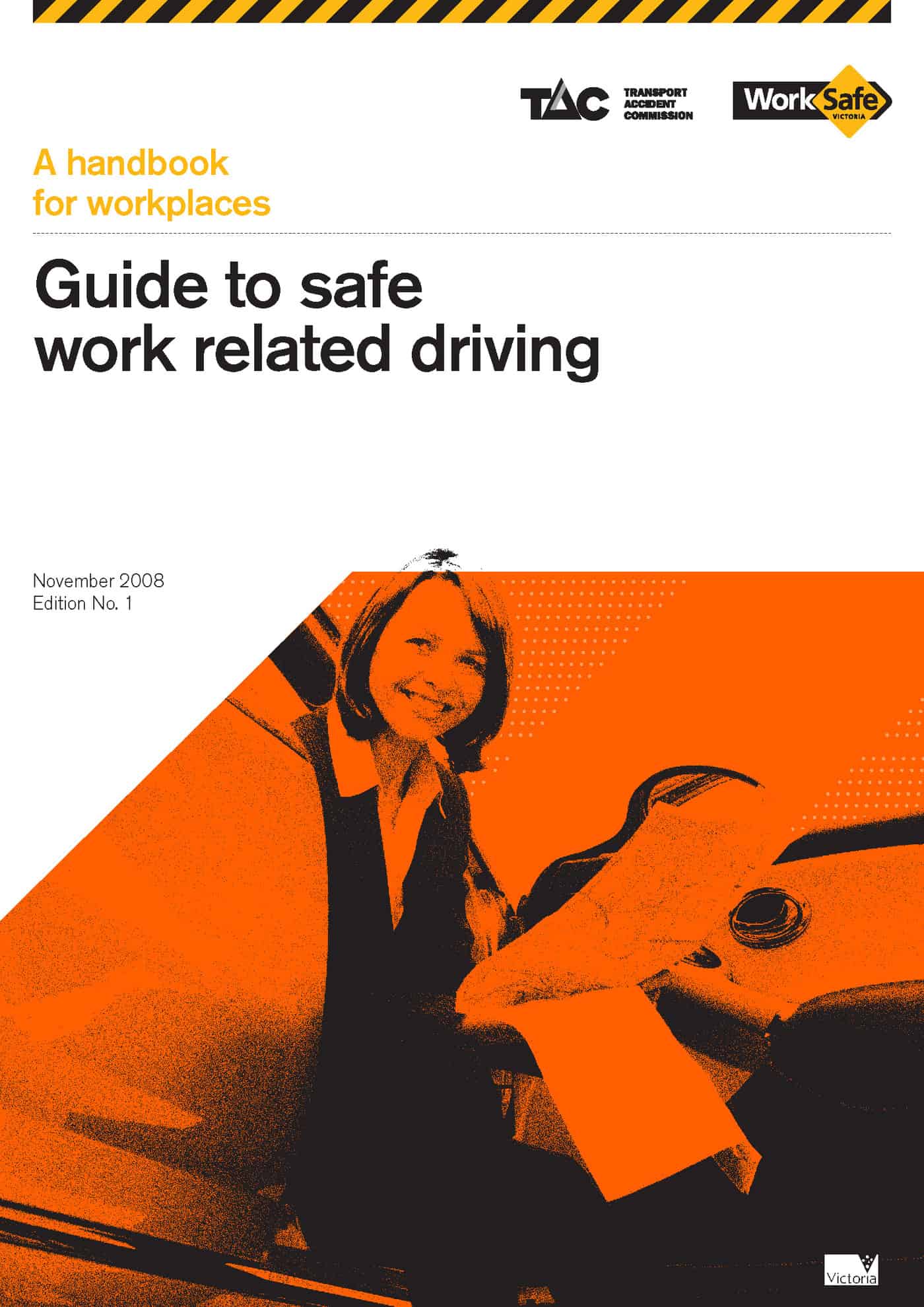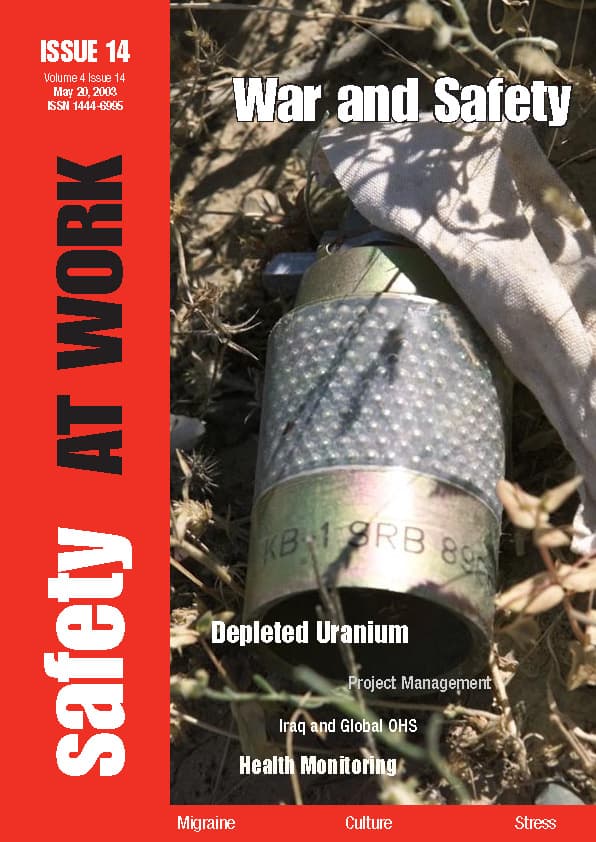The editors of SafetyAtWorkBlog produced SafetyAtWork podcasts several years ago. These interviews deserve some longevity even though some of the references have dated. In this context, SafetyAtWorkBlog is re-releasing a podcast from September 2006 on the management of drugs in the workplace. (The podcast is available at SafetyAtWork Podcast – September 2006 )
Professor Steven Allsop is a leading researching on the use of drugs at work and socially. Steven is also the Director of the National Drug Research Institute. In this interview he discusses amphetamine use, how to broach the issue of drug use with a worker and drug policies in industrial sectors.
Please let SafetyAtWorkBlog know of your thoughts on this podcast.


